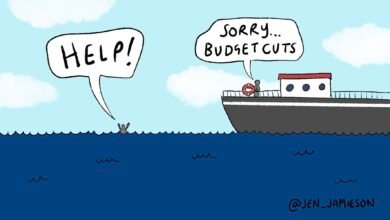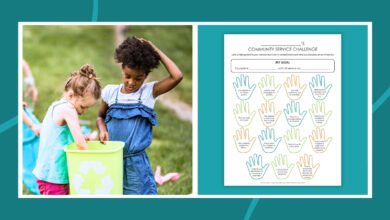Free News Literacy Classroom Posters
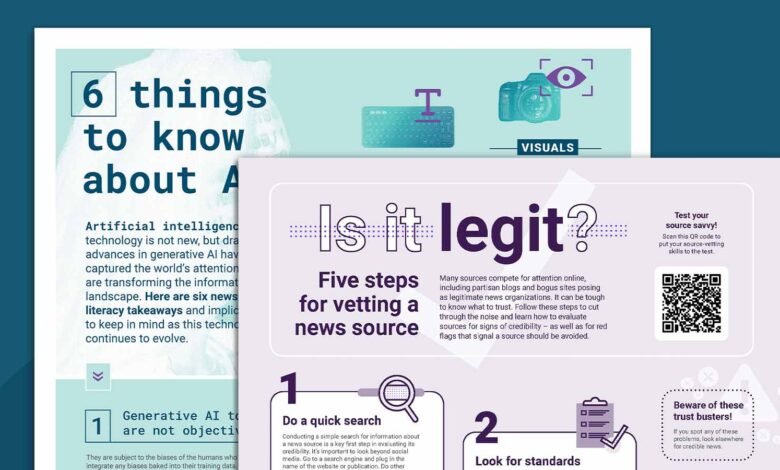
It’s hard enough to know what you can trust online when you’re an adult, but for students, it can be even trickier. As educators, we can help by teaching our kids key news literacy concepts, skills, and dispositions. These news literacy posters are a great place to start. Use them as teaching tools within a media literacy curriculum, post them in your classroom, or use them with their accompanying interactive Checkology® lessons. You can even print them all and create a bulletin board. Just fill out the form on this page to get your news literacy posters!
What is news literacy?
News literacy is the ability to judge whether news and other information is trustworthy—an important part of any media literacy, digital literacy, or civics education program.
Any comprehensive media literacy program must start with news literacy. Media literacy generally refers to teaching students how to access, analyze, evaluate, create, and take action using all forms of communication (including entertainment media). News literacy is focused on helping students understand the role that credible information and a free press play in their lives and in a robust democracy, and seeks to help them determine the credibility of news and other information.
Why does it matter?
Our information landscape is incredibly challenging and complex. By engaging in news literacy education, we can empower students to be better informed and more engaged in the civic life of their communities, the country, and the world.
What topics do the posters cover?
Here’s what you get when you download the bundle.
Artificial Intelligence 101
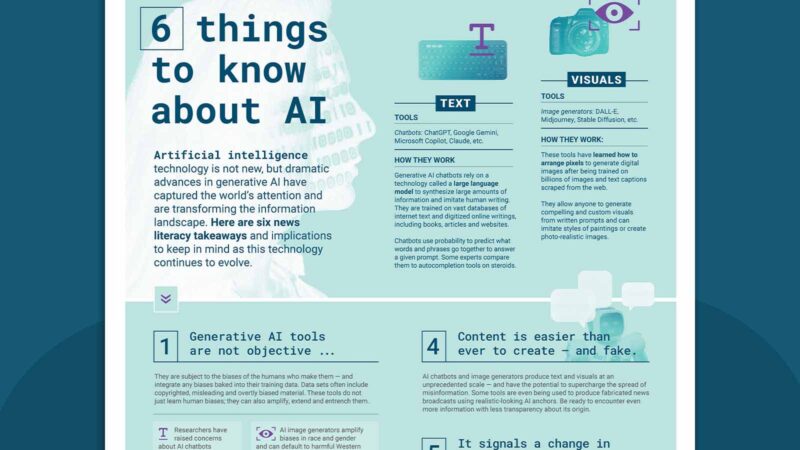
Artificial intelligence is everywhere for a reason! Dramatic advances in generative AI are transforming the information landscape. “6 Things To Know About AI” provides an overview of how this technology works and offers six news literacy takeaways (e.g., AI tools are not objective).
How to vet a news source

This poster can help students cut through the noise of partisan blogs and bogus sites posing as legitimate news organizations and learn how to evaluate sources for signs of credibility. “Is It Legit? Five Steps for Vetting a News Source” also includes a list of red flags, or “trustbusters,” that signal you should avoid a source.
Spotting disinformation

Disinformation often uses “tricks of context” to make false claims seem believable, especially by pairing visuals with misleading text. The “Tricks of Context” poster explains four common tactics—false context, stolen satire, misrepresentation, and selective edits—with examples, plus tips like using reverse-image searches, checking credible sources, and staying skeptical to help you spot and debunk misleading content.
Challenging assumptions
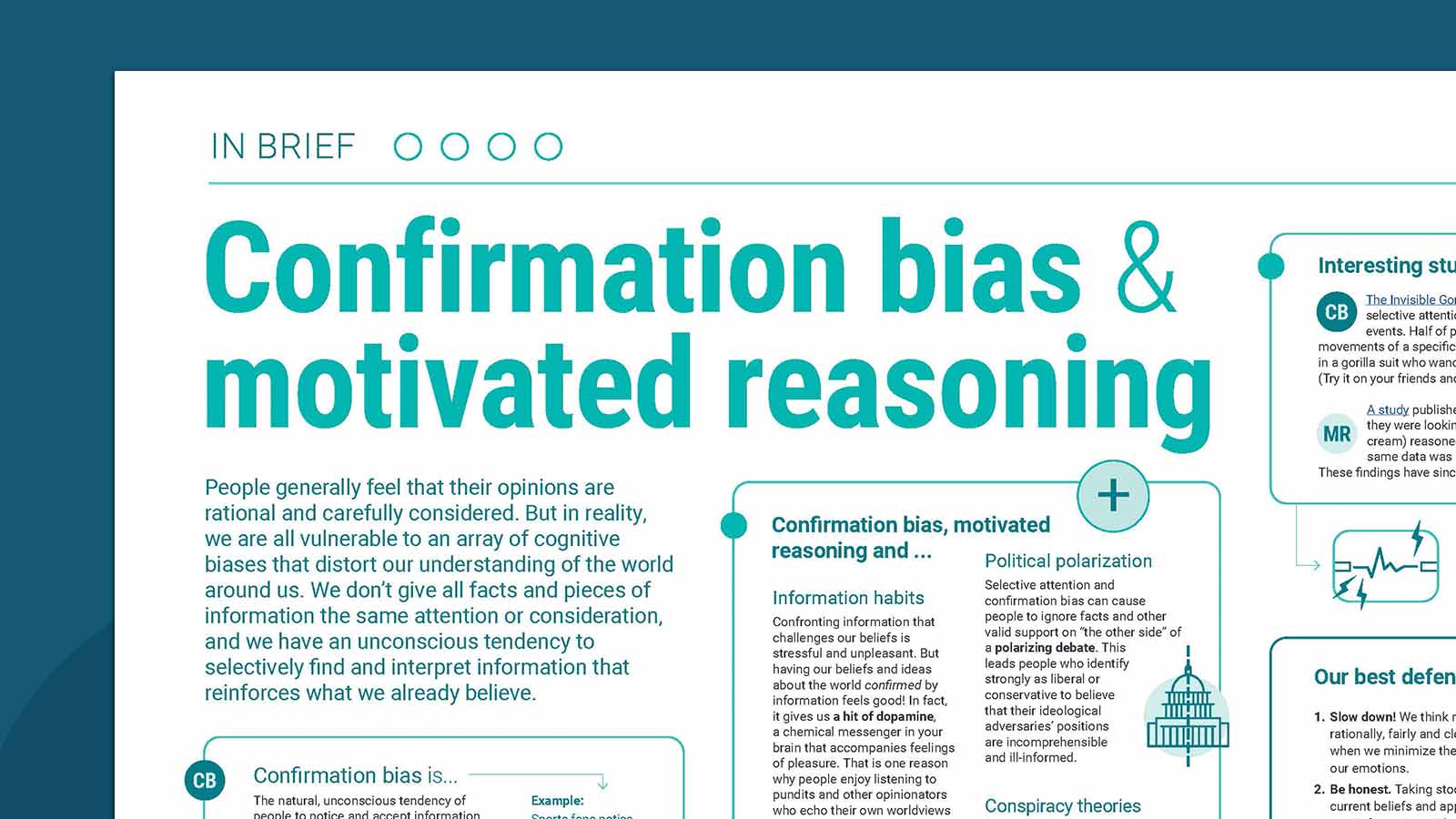
So many of our students stop when they find a source that backs up what they’re arguing without realizing they’re falling victim to confirmation bias. This poster explains the dangers of not getting all the facts and why it’s so easy to fall into the habit of only listening to information that reinforces what we already believe.
Waiting for the full story

With an ever-increasing number of young people getting their news from places like TikTok, this poster is more relevant and helpful to our students than ever before. It walks students through the steps of evaluating a news story as it unfolds, reminding them to be patient when waiting for accurate information to emerge. This is a perfect resource to have on display in your classroom when any big news event takes place.
How to search effectively
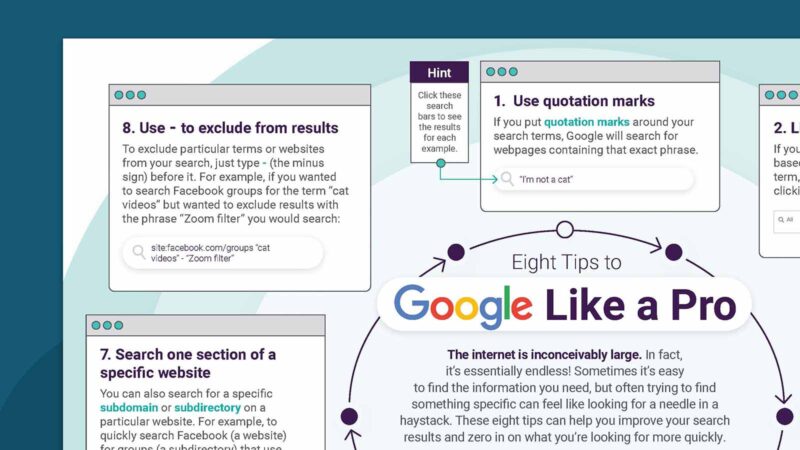
Trying to find something specific on the internet can be overwhelming and feel like looking for a needle in a haystack! “Eight Tips To Google Like a Pro” features hyperlinked example searches that demonstrate exactly how your results will look when you apply the tips (e.g., Use quotation marks to search for web pages containing that exact phrase).
Source link

